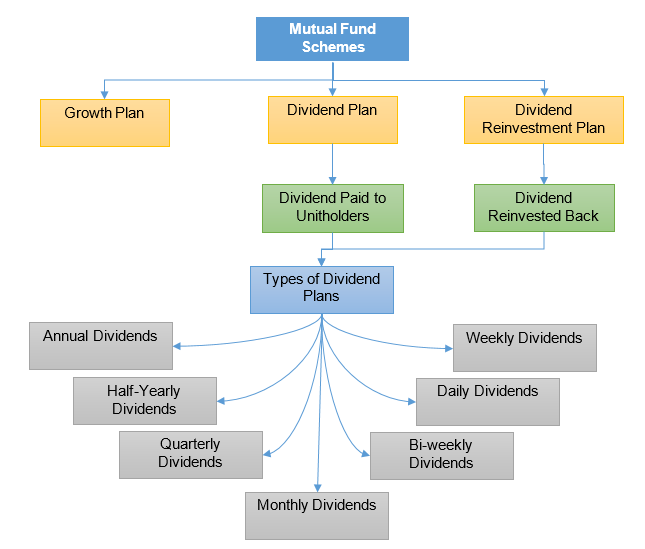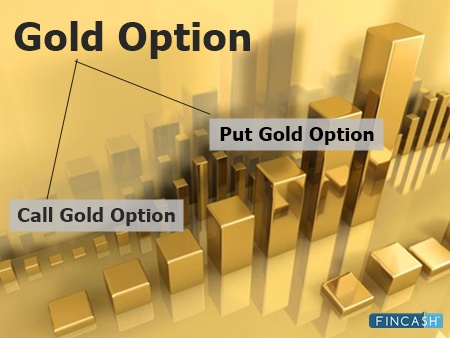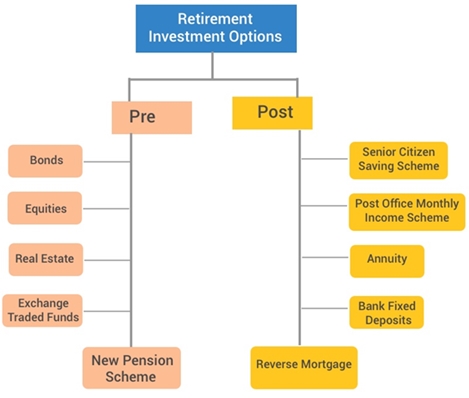Barrier Option
What is a Barrier Option?
A barrier option is a derivative type where the payoff is dependent on the Underlying asset when it reaches or exceeds a specific price. It can also be a knock-out barrier option, meaning that it becomes worthless and expires if the Underlying Asset is more than a particular amount.

This results in restricted profits for the owner and limited losses for the writer. Moreover, it can also be a knock-in barrier option, meaning that it remains with no value until the underlying asset gets to a specific price.
Basics of a Barrier Option
Barrier options are regarded as exotic options as they are way more complicated in comparison to basic options. Moreover, they are also regarded as a path-dependent option as their value keeps fluctuating with the change in the value of underlying assets during a contract.
Talk to our investment specialist
Why Should You Trade Barrier Options?
As barrier options come with additional conditions, they tend to have an inexpensive premium as compared to other non-barriers options. Thus, if you believe that a barrier may not reach a specific price, then you can opt to purchase a knock-out option, considering that it has a lower premium and the barrier may not affect it.
On the contrary, if you wish to hedge a position only if the underlying asset’s price reaches a certain level, you may opt to use a knock-in option.
Example of Barrier Options
Let’s explain barrier options with two different knock-in and knock-out options.
Let’s take a knock-in barrier option example and assume that an investor buys an up-and-in Call Option with Rs. 60 as strike price and Rs. 65 as a barrier and the underlying stock price trades at Rs. 55. Now, the option will not exist until the underlying stock price goes above Rs. 65.
While the investor will have to pay for the option, the option only turns applicable if the underlying touches Rs. 65. If it doesn’t touch this price, the option will not be triggered, and the buyer will lose whatever he has paid for.
As far as knock-in barrier option is concerned, let’s assume that a trader buys an up-and-out Put Option with Rs. 25 as barrier and Rs. 20 as the strike price while the Underlying Security trades at Rs. 18. The underlying security increases and is more than Rs. 25 during the option’s life.
Thus, the option stops existing. Now, the option has become worthless, even if it touches Rs. 25 and drops back, it will still remain the same.
All efforts have been made to ensure the information provided here is accurate. However, no guarantees are made regarding correctness of data. Please verify with scheme information document before making any investment.












